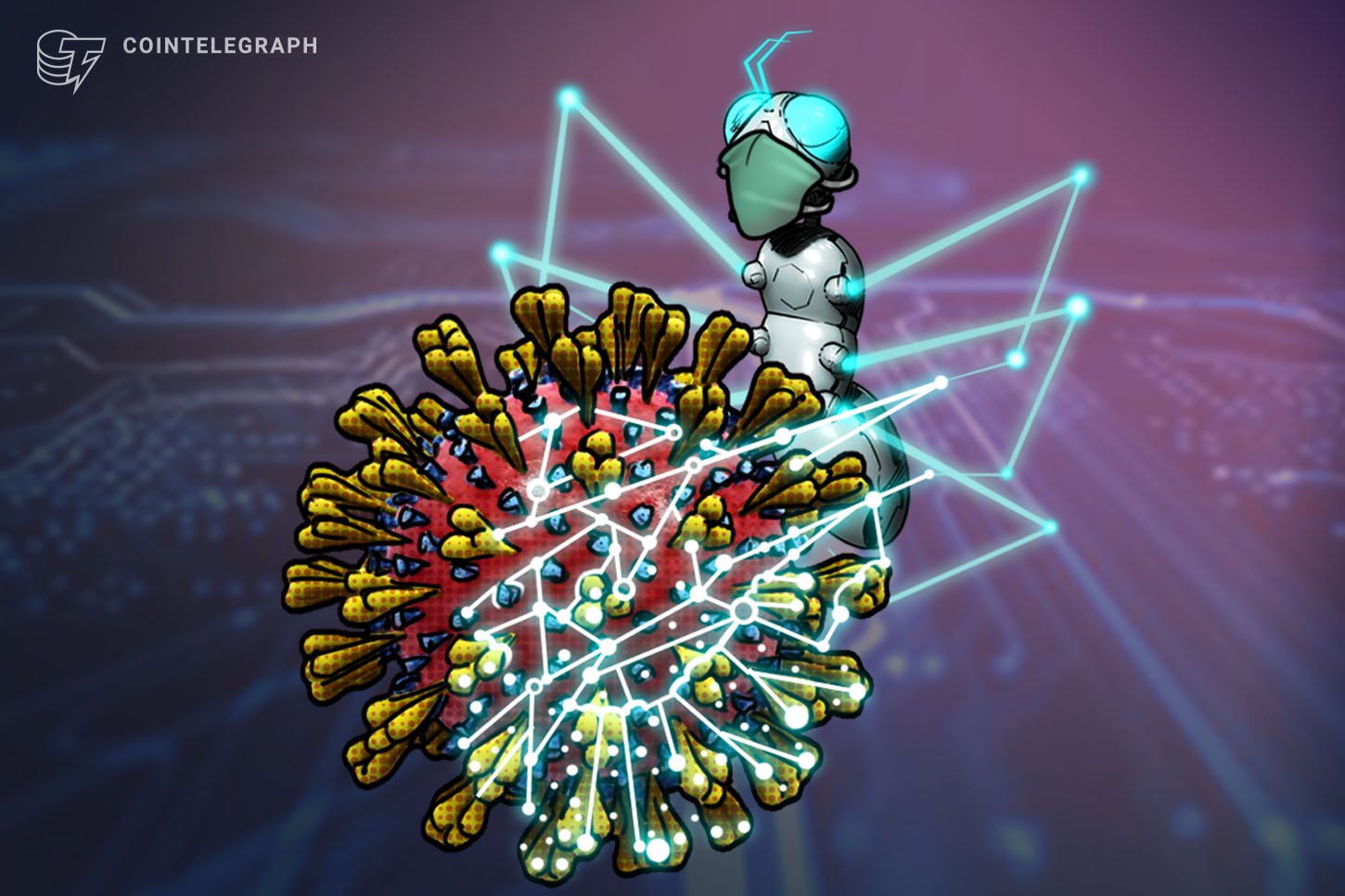Block.one Awarded Patent for DLT-Based Social Media Bidding System
Block.one, the company behind the EOSIO protocol (EOS), has been awarded a patent for a blockchain-based bidding system for promotional exposure tied to popular social media posts.The U.S. Patent and Trademark Office approved the patent on April 28. Block.one filed with the office during May 2019.The patent, which Block.one describes
Read More









